Are you looking for a security solution for your website? If yes, here I’m covering Wordfence vs Cloudflare.
But before that, I’d like to share that in my 10+ years of experience as a developer, I’ve dealt with dozens of hacked websites and tested these tools. Based on this experience, I’m reviewing Wordfence and Cloudflare today.
Wordfence is the best overall security solution. But, let’s find out the suitability of these tools for different situations.
Wordfence vs Cloudflare – Free vs Premium?
Although Wordfence and Cloudflare operate quite differently, for those who are unaware of these tools or their functioning, let’s compare them here:
Wordfence is the most popular WordPress security tool, with over 4 million active installations.

Free
- The free version of Wordfence offers a lot more security features than Cloudflare’s free version.
- As against Cloudflare, Wordfence has the largest market share which, in itself, lends confidence to use the tool. The latter has much more installations, users, user data, and potential profit to invest in its further development.
- Wordfence offers many important features in the free version, like Web Application Firewall (WAF), malware scanner, and login security which are missing from Cloudflare’s free version. You will get an all-in-one security suite in the form of Wordfence with features like WAF, rate limiter, scanner, 2FA, and brute force protection.
- Wordfence doesn’t connect your website to any Content Delivery Network (CDN). Cloudflare, on the other hand, comes with caching and CDN solutions integrated into the security tool.
Premium
- Wordfence premium performs real-time malware scanning, firewall rule updates, and IP Blocklist update to protect your website. Cloudflare premium gives you access to its WAF, DDoS alerts, and plenty of extra features.
- Wordfence offers country blocking with its Premium version, while this feature isn’t available with Cloudflare’s paid version. However, you can always block a country by adding a custom rule from the Cloudflare dashboard.
- As against Wordfence, Cloudflare offers a variety of speed-boosting features with its premium plans.
Although Cloudflare Premium offers some features that Wordfence doesn’t, the latter remains a powerful security tool for your website. You can access the extra security features offered by Cloudflare Premium from your host if using a good VPS hosting plan.

How do they work?
Now that you have an overview of the free and paid versions of Wordfence and Cloudflare, let’s look at the difference between the working of these two tools here:
How does Wordfence work?
- Since every site is different, Wordfence needs to learn various aspects of your website to protect it. As soon as you install the Wordfence plugin, its learning mode gets activated. The plugin developers recommend allowing the tool to collect data at least for a week before you activate it.
- After the proper setup of the Wordfence tool, it will get attached to your website. This way, the plugin will be able to react instantly if any security issue arises. It will do the necessary to counter the malicious attack.
- Since Wordfence is created specifically for WordPress websites, it is quite active and familiar with the platform. Additionally, the tool is also super-compatible with PHP since WordPress runs on this language.
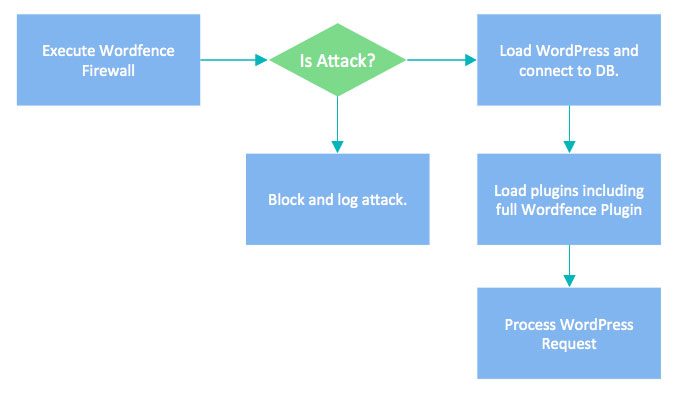
How does Cloudflare work?
- Cloudflare secures your website quite differently from Wordfence. Here you will be setting up the tool by attaching your domain to Cloudflare either through your IP address or DNS nameservers.
- Once your website gets attached to Cloudflare, the tool will secure your site remotely from a cloud server. This security tool, thus, does not consume your server resources since it operates from Cloudflare’s servers. The tool will analyze all the traffic targeting your website to block the harmful ones and allow the smooth flow of the good ones.
- Unlike Wordfence, Cloudflare does not restrict itself only to WordPress websites. So the tool is compatible with all websites, including WordPress and non-WordPress sites.
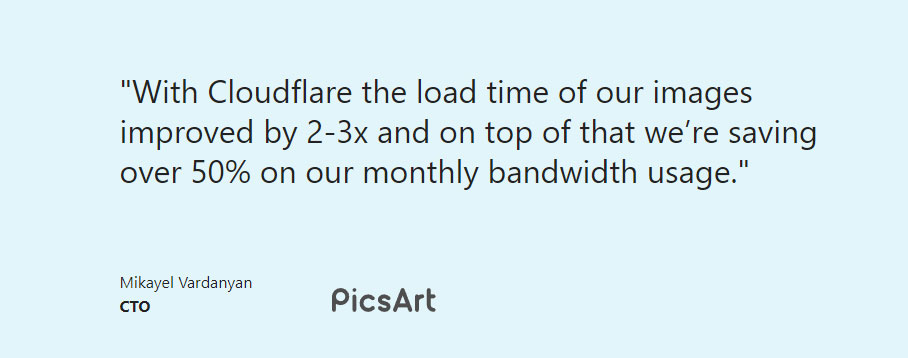
Though the premium versions of Wordfence and Cloudflare offer far more features than their free versions, are they truly worth your money? Let’s find out.
- Wordfence premium is not at all necessary. You can fully rely on the free Wordfence version since it offers a complete set of security features for your website. But if your site is receiving a lot of signups and traffic, plus you can afford the premium version, purchasing it will bring in additional security against today’s advanced cyber vulnerabilities.
- The paid Wordfence version provides real-time IP blacklist updates to block all requests from the current most malicious IPs. So it protects your site from malicious attacks and reduces the unnecessary traffic load.
- Wordfence premium comes with real-time malware signature and firewall rule updates through the Threat Defense Feed. Such updates take 30 days to take effect in the free Wordfence version. So your website receives instant protection with the new rulesets applied to it constantly.
- Cloudflare premium is worth your money only when you decide to settle with this single security tool for your website. The free Cloudflare version does not offer a firewall, so you will need to upgrade to its pro plan to use it and ensure complete site protection.
- When you are using Wordfence (free or premium version) along with Cloudflare, then it’s not worth paying for the Cloudflare premium plan. It is because even the free Wordfence version comes with WAF to protect your website.
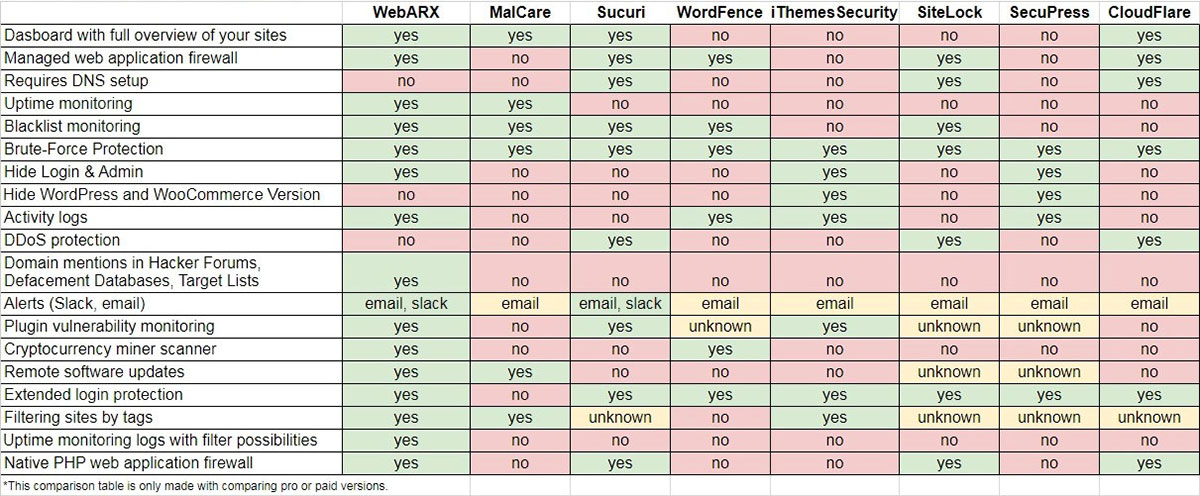
Firewall Comparison: Wordfence or Cloudflare?
Wordfence vs Cloudflare firewalls serve different purposes but have some overlapping features.
- Wordfence WAF attaches a script to all PHP files, thereby controlling and securing your server from PHP. It helps the tool prevent any malicious code from harming any of your system parts. Additionally, the Wordfence WAF also scans your system regularly for vulnerabilities.
- Cloudflare firewall operates from a server different from your website server. So it cannot secure your whole system. However, WAF in Cloudflare examines your site traffic for bots and sends them a captcha test for clearing.
Wordfence Firewall
- Wordfence firewall is extremely efficient in its default configuration. However, ensure to enable the WordPress option in the Managed Rules section to fully utilize its functionality. One also has to enable WordPress for OWASP (Open Web Application Security Project). Cloudflare, in this case, does all the heavy lifting to prevent the requests from going to the server.
- WAF in Wordfence is limited only to examining the HTTP requests since it isn’t server based.
- In my opinion, you must also have a server-based security tool for situations where the origin server IP is leaked. I doubt that Cloudflare firewall will be able to block plugin exploits that allow remote code execution. It is because, doing so would impair the normal website functionality. So Cloudflare won’t help once an attacker enters your system code.
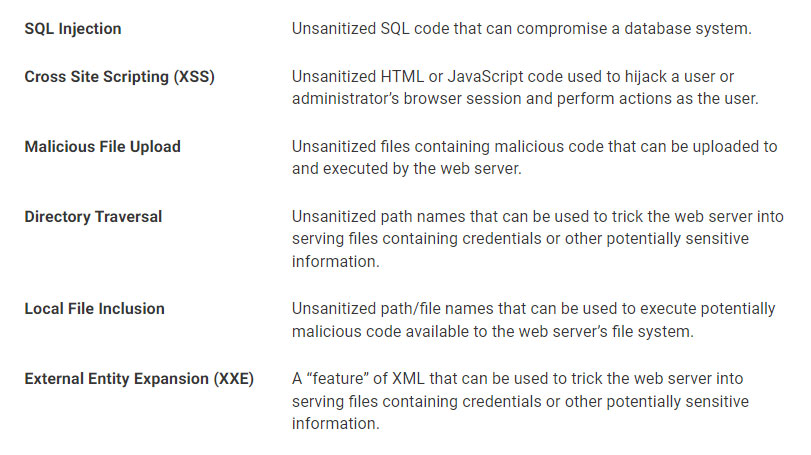
Cloudflare Firewall (available only in paid plans)
- Where the Wordfence firewall runs on top of WordPress, the Cloudflare firewall runs on Cloudflare’s web servers. If something is flagged by Cloudflare for other websites, it is blocked even before being forwarded to your site server.
- Cloudflare uses OWASP ModSecurity Code Rule Set (CRS), thereby offering ample coverage and securing your website quite efficiently.
- Since Cloudflare operates from a cloud server, it consumes much fewer resources from your hosting server. Such a security tool is great to prevent and stop website threats from a distance.
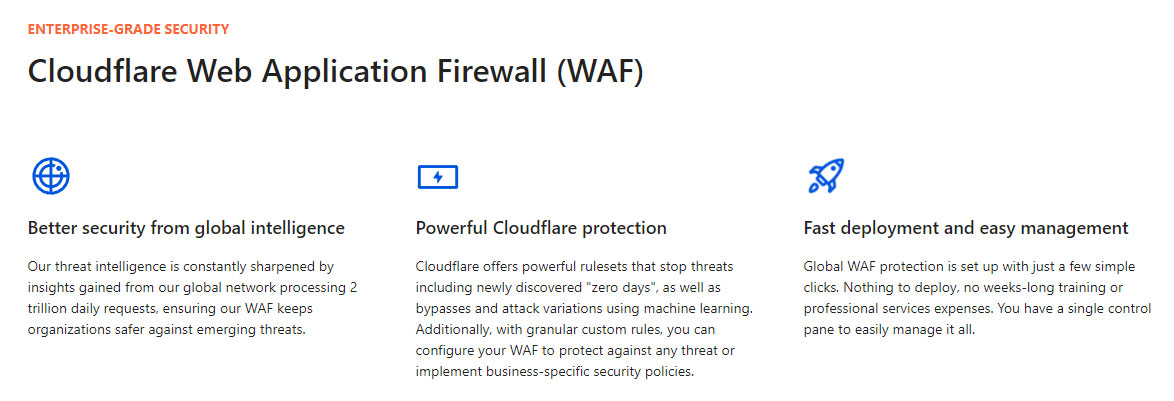
A good alternative to the premium Cloudflare firewall would be to create a Cloudflare Page Rule in the free plan for your WordPress login (wp-login.php). Under this login, set the security level to “I am under attack”. Check out the step-by-step tutorial on how to do this here.
Recommendation: To improve your website’s performance, monitor all the events recognized as harmful by Wordfence and copy them to the Cloudflare tools. When you move these events to IP Access rules, Access, or Firewall Rules, they will get blocked at the cloud rather than at your origin.
For instance, when you see multiple blocks applied to a specific IP address, create an IP Access rule to challenge visits from that specific IP with a captcha page. And if you have a full list of URLs automatically blocked by Wordfence, consider creating a Firewall Rule with a Block action for those URLs.
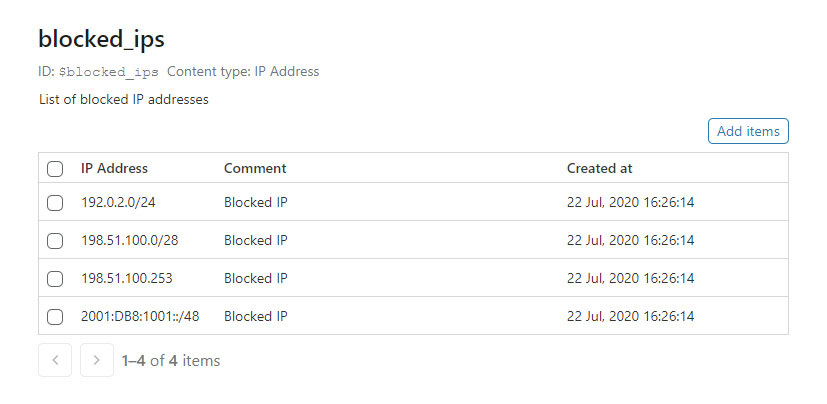
Pros & Cons
Now that we have covered the major Wordfence vs Cloudflare differences, let’s look at the pros and cons of these two security tools:
Pros of Wordfence
- Wordfence is easy to configure and provides a good amount of basic protection, even with its unpaid version.
- The tool protects your website from all types of attacks, including brute-force logins, code and SQL injections, malicious file uploads, and phishing. It works as an additional layer of protection against ransomware and malware.
- Wordfence provides constant protection in real-time. It notifies you of all the activities and changes on your websites while locking the malicious users and automatically banning them.
- This tool keeps you informed about the necessary updates required for the security of your website. It notifies you of outdated plugins, WordPress core files, and themes so you can update them and prevent the entry of malicious code.
- Wordfence constantly helps check for weaknesses and vulnerabilities in your WordPress site so you can make it more secure.
Cons of Wordfence
- Wordfence can conflict with website plugins used for performance enhancement.
- When you maintain multiple websites with Wordfence installed on them, you will receive many emails from the company. And sometimes, these can be too many to handle!
- Wordfence can cause some issues if it is not disabled during a website migration.
- The user interface of this security tool is not the best. It can be overwhelming at first since it is not a beginner-friendly one.
- The Real-Time Live Traffic from Wordfence eats up a lot of your server resources. Your website can become sluggish at its peak hours because of this feature. However, you can always consider switching to security-related traffic on the Live Traffic page during such hours.
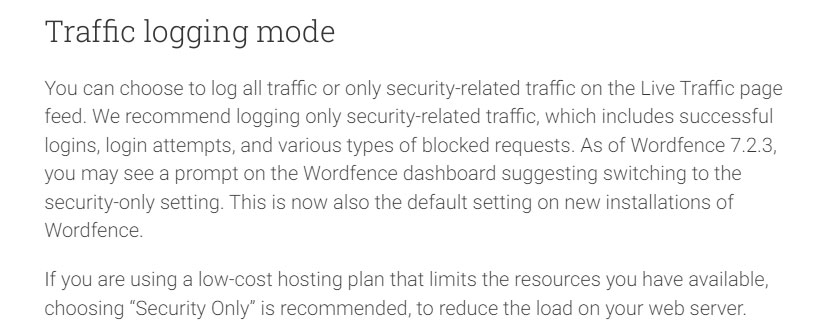
Pros of Cloudflare
- Cloudflare caches all the content at its data centers distributed around the globe. It, therefore, reduces latency for visitors accessing web pages hosted on your website, thereby improving your site’s loading speed.
- The Cloudflare CDN improves your website uptime with its world-class system.
- The tool helps you reduce your bandwidth usage.
- If your host does not offer a free SSL certificate, you can benefit from the one offered by Cloudflare.
- The tool comes with advanced filtering at the DNS level that helps prevent your site visitors from accessing malicious websites.
- Cloudflare adds a security layer at the DNS level rather than adding it at the website level like Wordfence. So it prevents and stops all threats and attacks from a distance before they touch your WordPress website on the server level.
- Unlike Wordfence which is created specifically for WordPress websites, Cloudflare is compatible with all Content Management Systems.
Cons of Cloudflare
- The free Cloudflare plan sets a limit of 3 page rules.
- WAF is available only with the paid plans from Cloudflare. Moreover, it is complicated to configure the firewall system.
- Cloudflare still needs a few improvements as per manuals and documentation.
- Cloudflare’s customer support isn’t of much help.
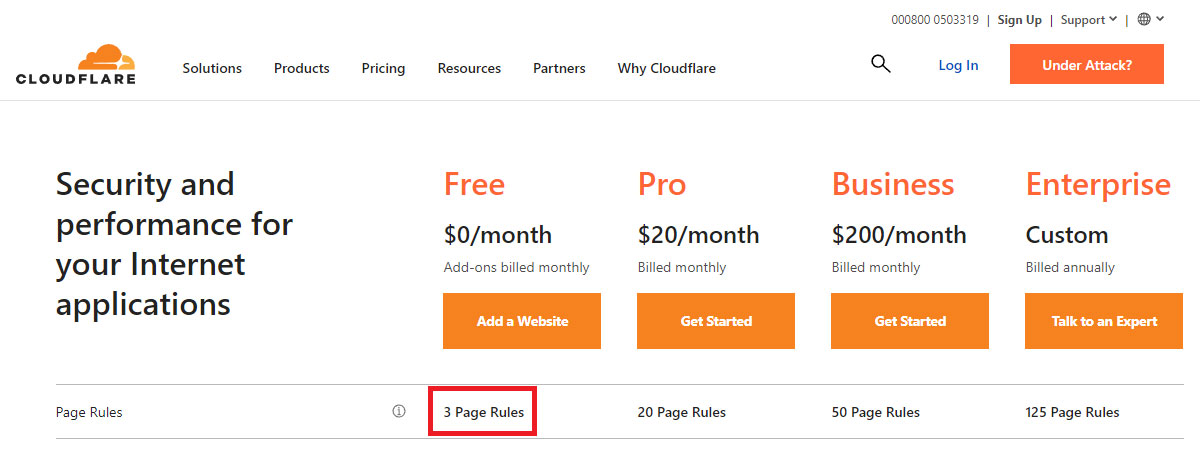
When to use Wordfence?
Wordfence will be an ideal choice when:
- You are using a shared hosting environment for your website.
- You are a beginner using WordPress as your site’s CMS.
- You are on a budget and want to have premium website security features for free.
- You are looking for login protection and a good WAF for your website.
Wordfence offers top-notch website security, and the free version has more than enough features to keep you covered.
When to use Cloudflare CDN?
Cloudflare is a perfect choice for you when:
- You own a non-WordPress website.
- You are running an eCommerce website since an online store requires faster delivery of content.
- You receive traffic from regions located far away from your host server location. In such a case, Cloudflare helps bridge the gap and increase content deliverability speed.
Verdict: Wordfence vs Cloudflare, Who wins?
Wordfence wins overall because the security features it provides with its free version are enough for complete website protection.
However, I use both these tools and do not recommend going without Wordfence because it carries out many such security functions that Cloudflare doesn’t.
For instance, Wordfence performs vulnerability scanning, real-time blacklisting, limiting logins in different ways, and 2FA for logins. Its Live Traffic feature and the warnings to update plugins and other installations are also quite useful features.
If website security is a major concern for you, I’d recommend choosing a Virtual Private Server (VPS). It is because Wordfence and all other security plugins can only protect your WordPress installation.
But if someone has access to your server, all it takes to disable a security or other plugin is renaming the folder.
What to do next?
- If your website is receiving a lot of traffic, your primary concern would be improving its performance. In such a case, you must consider utilizing the power of a VPS if you are not using one currently. A $20 per month VPS plan will efficiently handle a growing website.
- Ensure to check every week that all your software is up to date.
- Use a lightweight website theme that is updated often by the developer, preferably monthly.
- Make sure that all website editors, administrators, and shop managers use strong passwords.
- Plugins serve many purposes. You can use them for malware cleanup, password strength monitoring, audit logging, and many such important tasks. But do remember that they consume your server resources. So if you are using many of them, consider shifting your site to a VPS or managed hosting plan.
- Security plugins are only one aspect of website protection. Using an active server firewall like Cloudways is also recommended for added security.
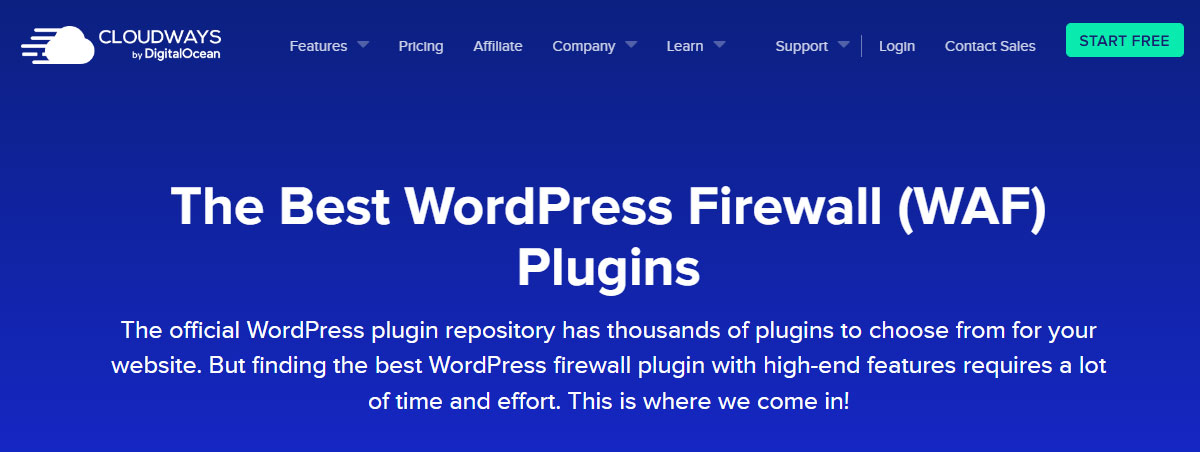
FAQ (Frequently Asked Questions)
Is Wordfence or Sucuri better?
Wordfence is better than Sucuri. Wordfence adds site-level protection, while Sucuri adds server-level protection and stops threats even before they reach your website.
But the problem is Sucuri is now owned by GoDaddy, which happens to be one of the worst hosting companies. GoDaddy’s support is pretty bad and its customer practice is quite questionable too.
Does Wordfence slow the website?
Yes, Wordfence can slow your website especially when it is operating in a shared hosting environment. It can be quite resource-intensive. But the good thing is, Wordfence allows you to set a limit to the amount of RAM the plugin can use.
So it is possible to keep your resource consumption under control by setting this limit.
Does Cloudflare have a firewall?
Yes, Cloudflare has a firewall. But, it is available only with its paid plans.
Is Wordfence a firewall?
No, Wordfence is not only a firewall. But it is a complete security solution for your WordPress website. It is a WordPress plugin and includes a firewall and malware scanner.
Does Wordfence offer DDoS protection?
No, Wordfence does not offer DDoS protection. A distributed Denial-of-Service (DDoS) attack overloads your website with traffic. Since Wordfence works at the site level and filters out the traffic when it reaches your website, it cannot offer DDoS protection.
But you can always get DDoS protection from your hosting provider or consider using Cloudflare on top of Wordfence to cover for it.

